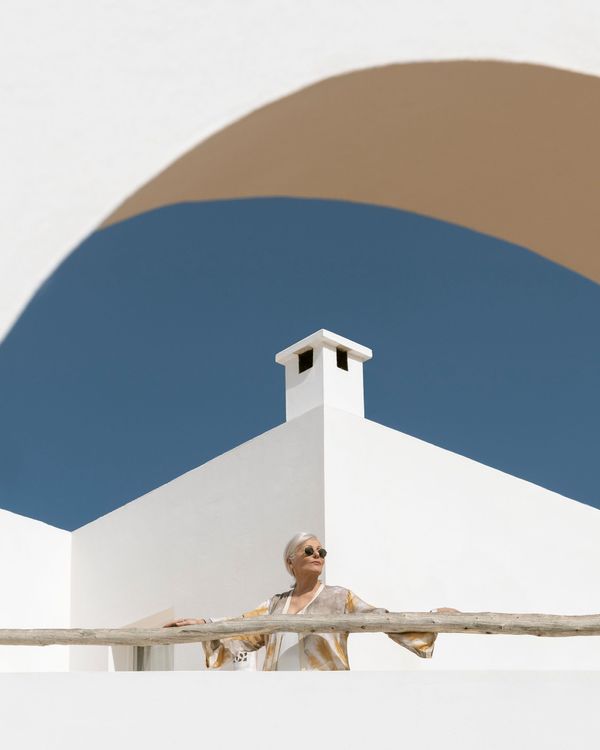From a medical aid to a fashion accessory, a digital aid to promote self-reliance, or a jewelry collection to promote intergenerational empathy. The students from Zlín were looking for solutions to make the years of aging easier for all of us. We asked Vladimíra Černá from Tomas Bata University, the co-curator of the LongLife project to answer our questions.
In 2018, the idea was born to launch an initiative at Tomas Bata University in Zlín, Czechia, where students could go beyond a typical course project. The goal was to allow them to work on projects where the content was as important as the format. “We wanted to see how students would handle a topic where they need to bring in their own interpretation, perhaps even their own world view into the work,” said Vladimíra.
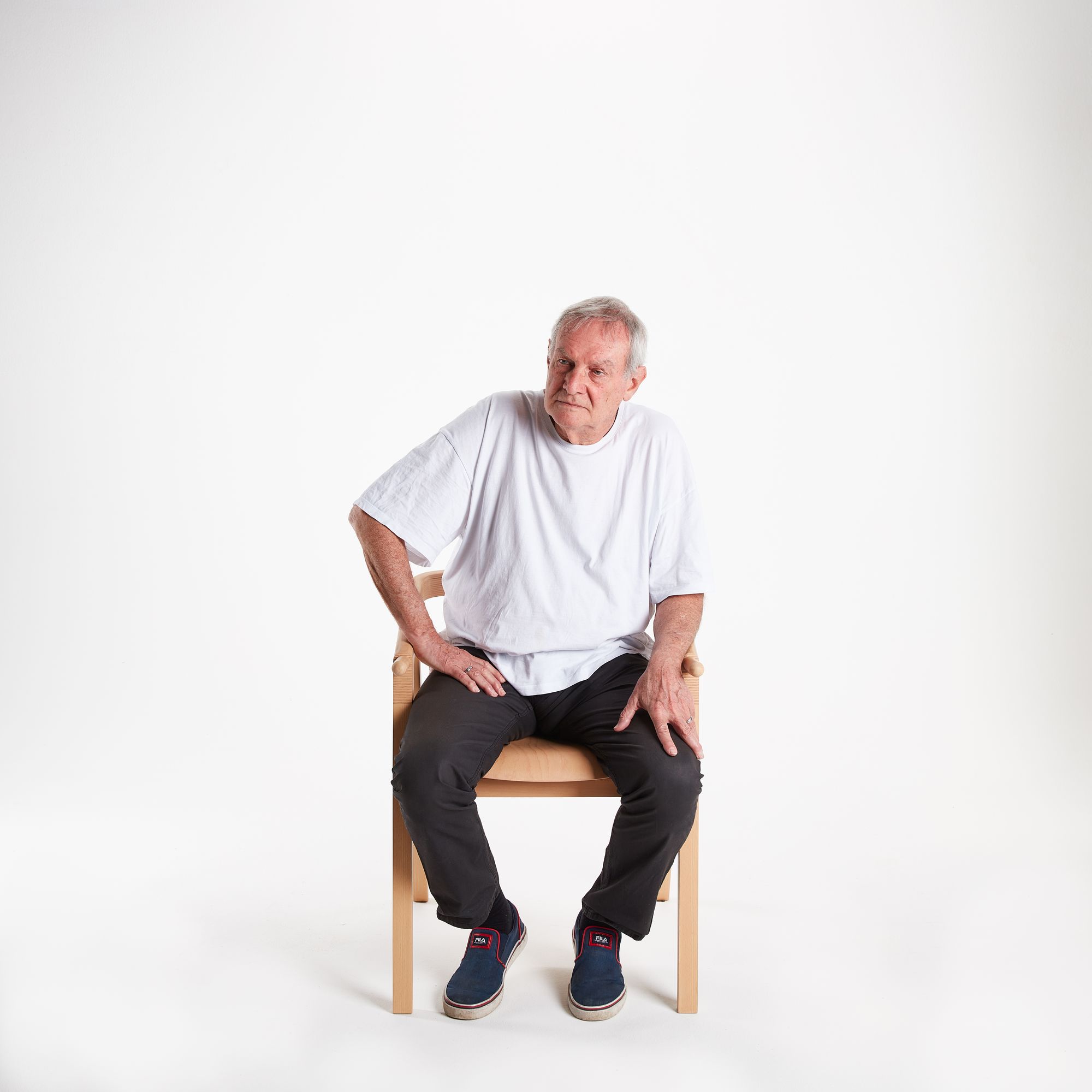
It was in this spirit that the material for the first exhibition, Made in Paper, was created, in collaboration with the Technical University in Zvolen. From this point on, in partnership with other international universities, the initiative has continued with a new central theme each year. And this is how the LongLife project initiative took shape in 2022.
To inspire and not to delineate
The LongLife project’s aim is to show how the mediums of art, design, and architecture can help to find solutions to the challenges of aging. “As with the previous projects, the topic of LongLife was meant to inspire rather than delineate,” explained Vladimíra. According to her, apart from the title of the project and a few guiding slogans, the students had no other constraints. “The topic resonated with them on many levels. What it taught us was that our students have great compassion and in general experience good inter-generational dialogue in their social groups, their will to improve the lives of senior citizens was very powerful and resourceful,” she added.


Therefore, browsing through the LongLife website, we can find very different and sometimes surprising perspectives: from inclusive smartphone UX design to stylish yet functional furniture to therapeutic smart devices, to the issue of online presence, we can discover a range of practical or creative ideas.
From stylish accessories to a more sustainable future
The work of the project participants covers a wide range of areas. Some focused on a more sustainable future, such as the Molight lamp made of recycled foam rubber by Šimon Valovič. Many students also turned their attention to rethinking the material environment that helps the elderly: a walking stick designed by Richard Štětka, which functions not only as a medical aid but also as a fashion accessory. Another special feature of the Bee Walking Stick is that thanks to its LED lighting it can also be used at night. Martina Pospíšilová’s project, on the other hand, was an update of the classic shopping bag on wheels: the Shopping Trolley Will can be used as a bag on wheels, a backpack, and a handbag, so it can be easily carried by family members of elderly people.
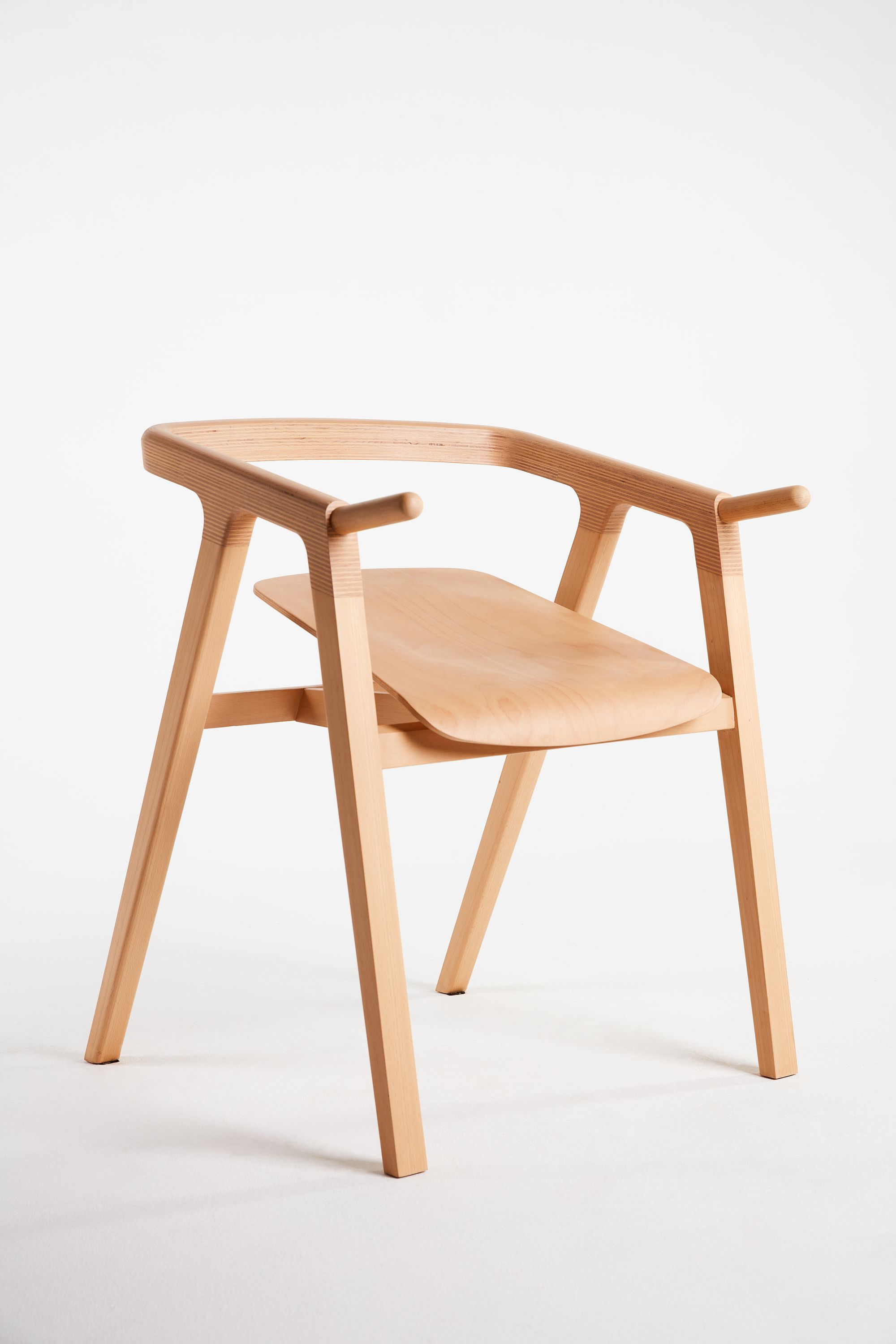

The students were inspired not only to break down stereotypes but also to challenge taboo subjects. It was in this spirit that Markéta Opravilová created the concept of Nutribox. “The topic of menopause is one of the phases that women fear the most. They do not usually talk about it, they are ashamed of it because they think that with the decreasing amount of hormones and the loss of menstruation, they cease to be a woman. This is of course nonsense,” Markéta notes. As menopause makes it harder for women to maintain their weight due to hormonal changes, Nutribox is designed to help women get the right balance of nutrients in their diets, in line with the ‘Healthy Eating Plate’ principle. “With NutriBox, I wanted to open up the topic of menopause and make it easier for women to enter this phase,” she stressed.
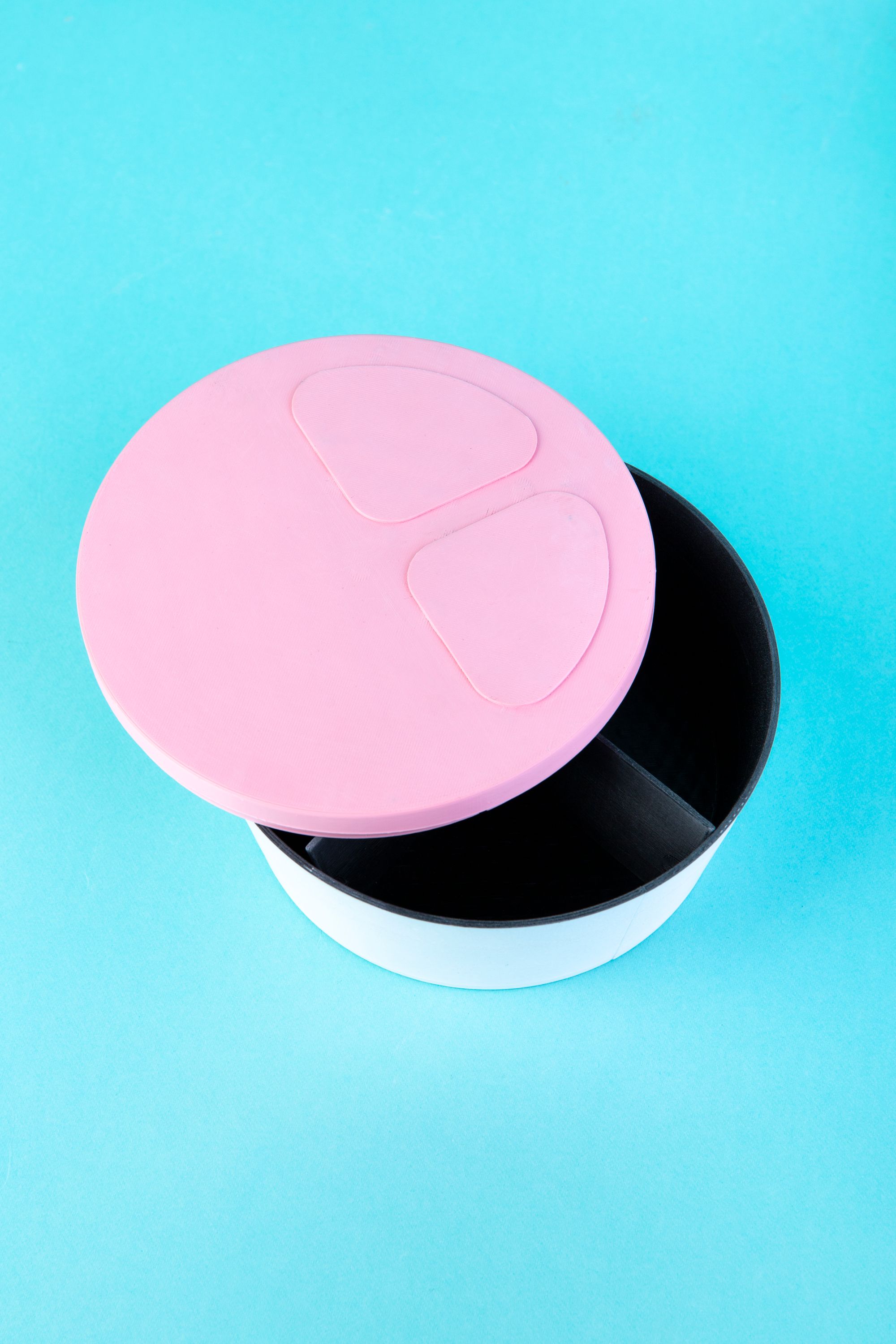
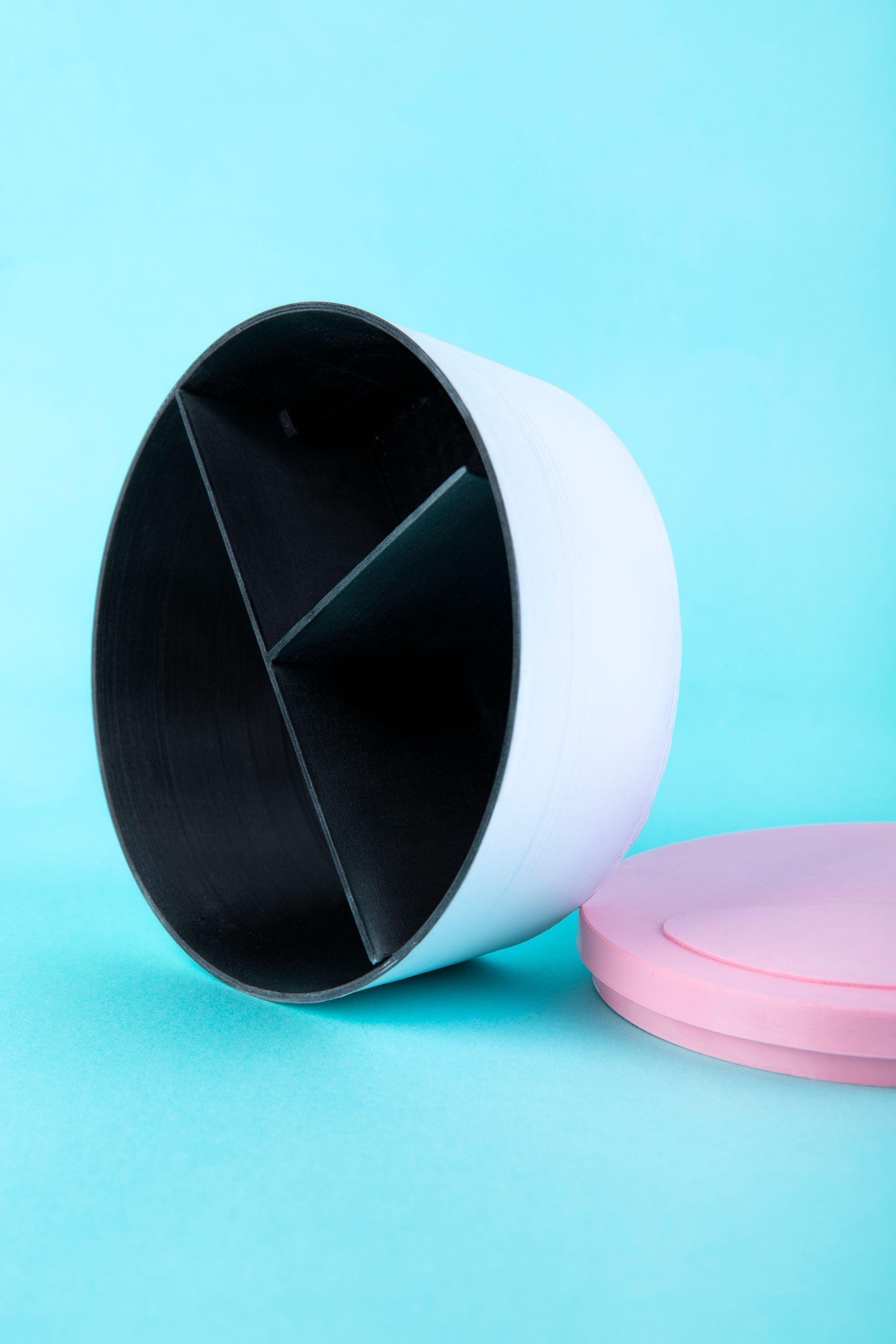

A key issue nowadays is the omnipresence of the digital environment and its incomprehensibility for the older generation. Adrián Gubrica and Jakub Marek, designers of the Considerate website project, have created a solution to this challenge by making the online environment more accessible. “Technology has advanced a lot in recent years, yet even obvious things like websites still have several shortcomings that cause problems. This is especially true for older people. They make up a large part of the population, having user and shopping potential on the web,” they said. Therefore, their research has sought to map and identify these shortcomings in order to extend the online accessibility rules with additional ‘respectful rules’, specifically tailored to the needs of older people. These include easy handling of pop-ups, good text readability, or better visibility of the ‘help’ button.
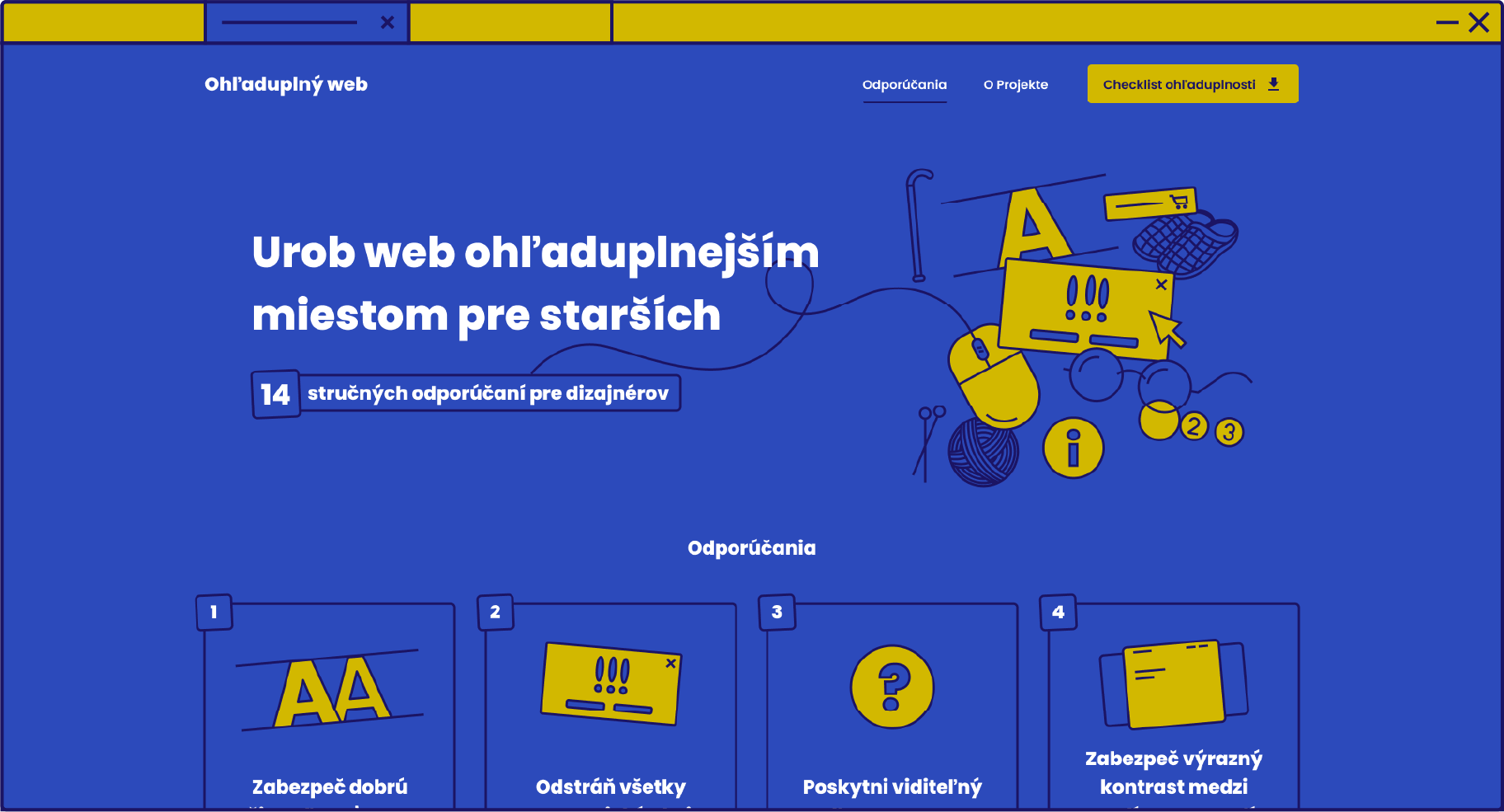
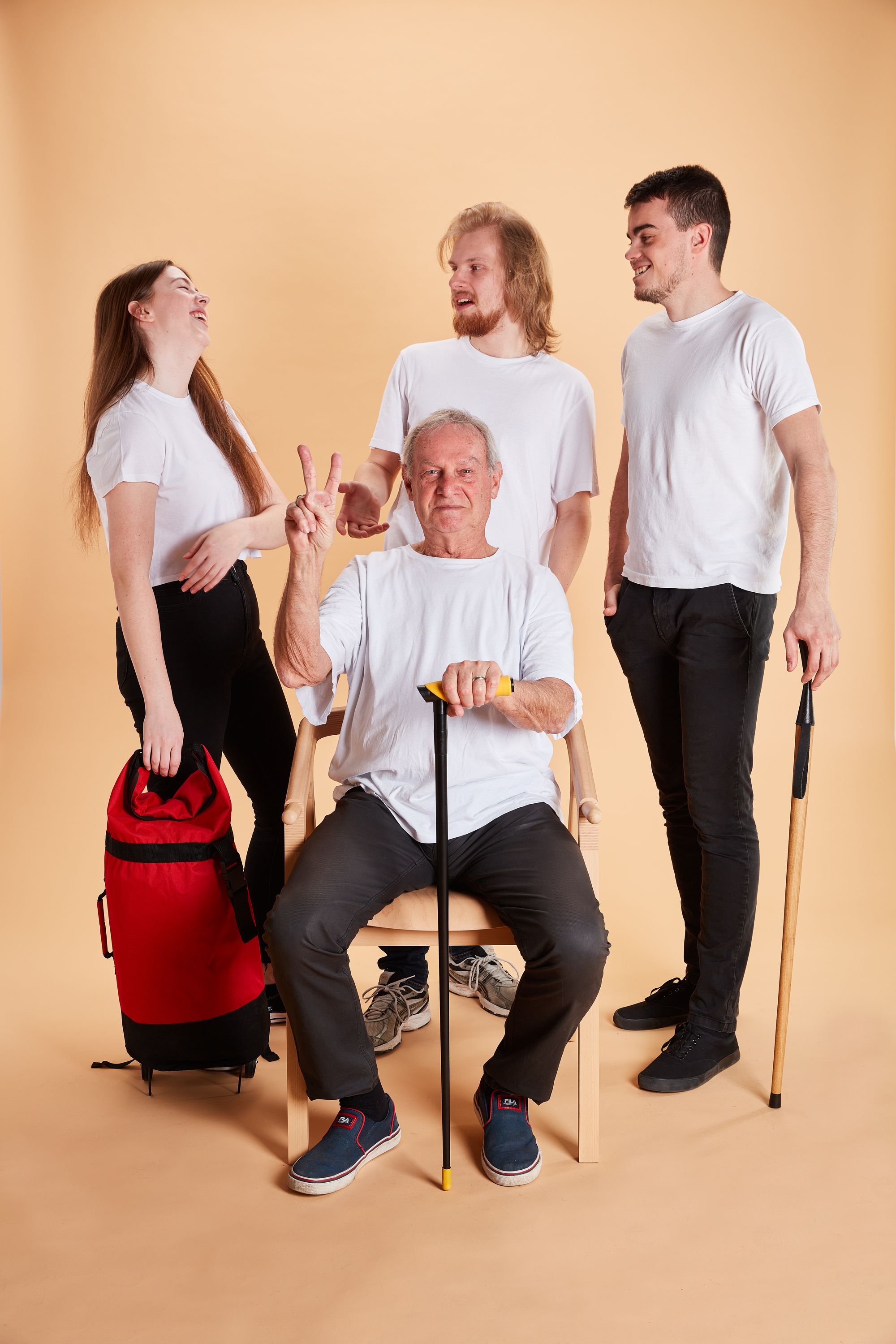
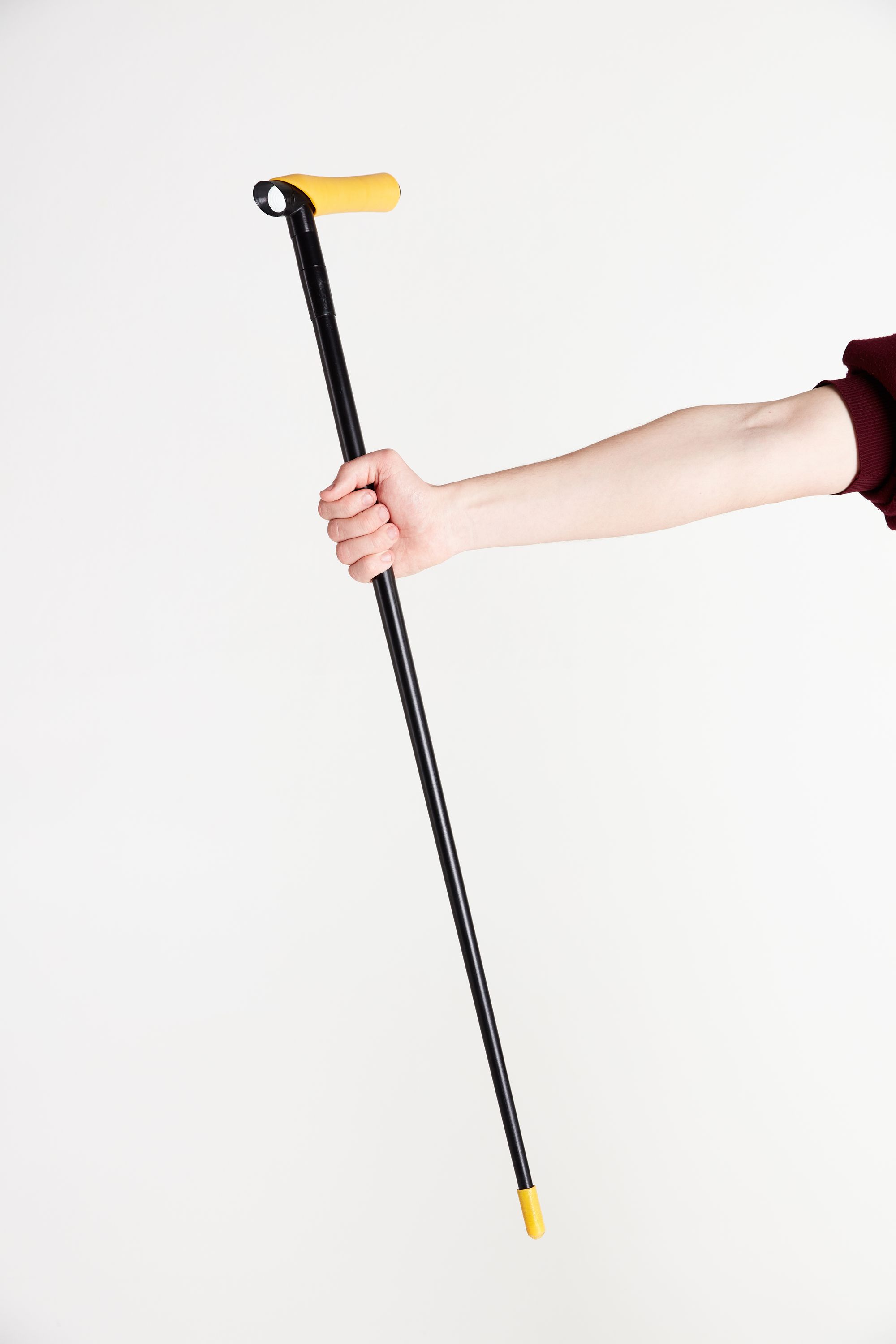
The project proposal by Albert Weis also takes a digital approach. His concept aims to support a more self-reliant lifestyle for the elderly, and he designed an easy-to-use communication tool to help them achieve this. LifeAssist, which can be worn as a bracelet, enables the user to get help in unexpected crises at the touch of a button and in real-time. “LifeAssist allows transmitting voice, medical, and geolocation data to a response center, where an experienced operator sees all information in real-time and can easily reach out to patrol cars, personal doctors, family, or neighbors and add them to the call with the patient. This way, many kinds of situations can be resolved in a matter of minutes, so that even in serious scenarios the patient can be saved,” explained Albert. He added that the service is not only good for emergencies, but also works for everyday needs such as ordering food, taxis, or assistance for hospital visits. “As a young person, I sense an obligation to help and return something to people who brought us to this world in the first place. Not only our parents but their parents as well. In general, all elderly people deserve the right to live in dignifying and good conditions,” he concluded.

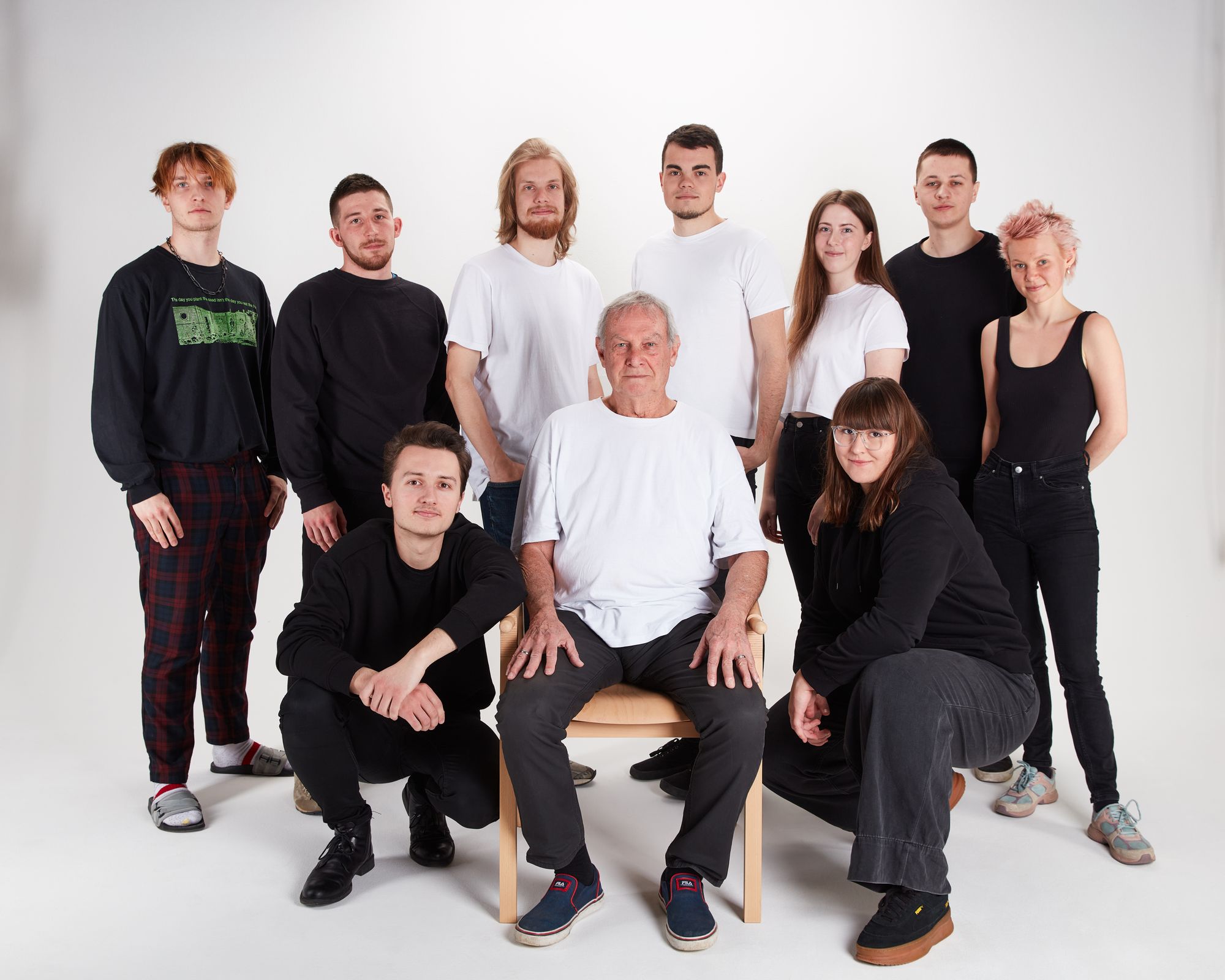
The LongLife projects will be presented in an exhibition in Bratislava this fall, hopefully, accompanied by a catalog of the design proposals. As for the students at Tomas Bata University, they are currently working on a new project, this time in response to a more abstract call: the main theme is ‘Identity’.
Cooperating universities: the Technical University in Zvolen (Slovakia), Masaryk University (Brno, Czechia), Tomas Bata University (Zlín, Czechia)
Photos: FMK UTB
Long Life Project | Web
Tomas Bata University | Web | Facebook | Instagram

ESA launches its biggest-ever mission
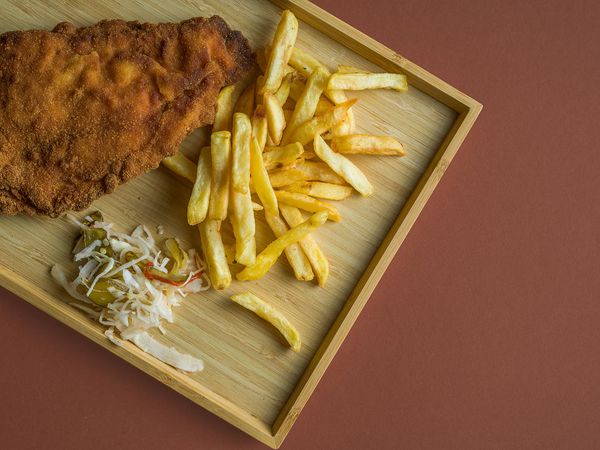
Canteen #4—Breaded dishes
